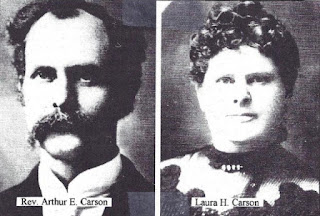God said, “NO”
God’s answered is different from my prayer I asked God grant to me patience. God said, No. patience is byproduct of tribulation. It isn’t granted, it is learned. I asked God to give me happiness. God said, No. I give you blessings. Happiness is up to you. I asked God to spare me pain. God said, No. Suffering draws you apart from worldly cares and brings you closer to me. I asked God to make my spirit grow. God said, No. You must grow on your own. But I will prune you to make you faithful. I asked God for all things that I might enjoy life. God said, No. I will give life, so that you may enjoy all things. I asked God to help me love others, as much as He loves me. God said, finally you have the idea. Now I know, “Love is the greatest thing in the world.”


